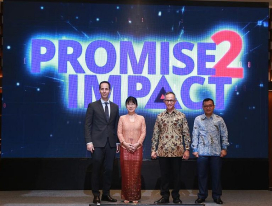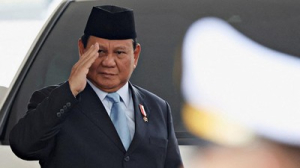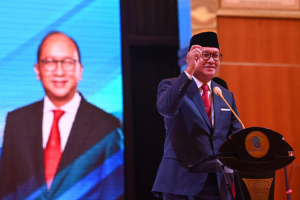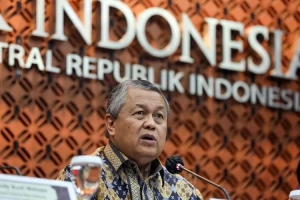Key future export for Indonesia shifted toward manufacturing industry
Experts predict a significant shift in Indonesia's national export map by 2035, as the contribution from resource-based commodities is expected to decline alongside the conclusion of the demographic bonus.
In this context, the manufacturing industry is considered a game changer for export activities and a key driver in propelling Indonesia towards becoming a developed nation by 2045.
Manufacturing takes center stage
Benny Sutrisno, Chairman of the Indonesian Exporters Association (GPEI), emphasized that by 2035, with the depletion of the demographic bonus and natural resources, manufacturing will become the main driver of the economy.
He believed that the manufacturing industry holds the key to sustainable growth and international competitiveness.
According to data from January to May 2023, manufactured products accounted for US$ 76.22 billion or 70.54% of the total exports, which amounted to US$108.06 billion. The remaining contributions came from mining products (US$ 23.48 billion or 21.72%), oil and gas (US$ 6.59 billion or 6.10%), and agriculture, forestry, and fisheries products (US$ 1.77 billion or 1.64%).
Challenges for the manufacturing sector
Sutrisno acknowledged that the manufacturing industry faces several challenges in optimizing its exports. He points out the intense competition within the industry, emphasizing that offering the most competitive prices is the only way to succeed.
He highlights the importance of power and manpower as key factors for success in the manufacturing sector.
Moreover, domestic manufacturing also contends with issues such as rising wages, which can undermine the competitiveness of Indonesian manufactured products compared to those of competing nations that do not face similar challenges.
Insufficient supportive instruments
Sutrisno raises concerns about the lack of adequate instruments to support export activities. He cites the example of the Indonesian Eximbank (LPEI), which is meant to facilitate export activities but has not effectively simplified the process.
He argues that the LPEI, owned by the Ministry of Trade and governed by its own laws, should not require oversight from the Financial Services Authority (OJK) like a regular bank.
He also highlights the excessive collateral requirements by the LPEI for export financing, even when there is already a letter of credit from a bank. According to him, the export financing instruments in Indonesia are still underdeveloped.
Government initiatives and strategies
Ferry Irawan, Acting Deputy of Macroeconomic and Financial Coordination at the Coordinating Ministry for Economic Affairs, underlined the significant role of the manufacturing industry in driving economic growth.
He emphasized the importance of accelerating the downstreaming program to enhance the value-added aspect of the manufacturing industry and increase foreign exchange earnings from exports.
The government has devised three strategies to mitigate external risks and optimize the impact of export activities:
- Establishing a task force to enhance export activities, focusing on strengthening export supply chains, diversifying export markets, enhancing financing, fostering international cooperation, and developing exports of micro, small, and medium-sized enterprises (UMKM);
- Revising Government Regulation No. 1 of 2019 on the Foreign Exchange from Export (Devisa Hasil Ekspor - DHE)) to ensure that export earnings can enter the Indonesian financial market and contribute to the country's development. The revision has already signaled positive effects on the exchange rate of the Indonesian rupiah;
- Expanding the implementation of local currency settlement (LCS) to reduce dependence on a single currency, facilitate bilateral trade transactions, and enhance external sector resilience.
Tag
Already have an account? Sign In
-
Start reading
Freemium
-
Monthly Subscription
30% OFF$26.03
$37.19/MonthCancel anytime
This offer is open to all new subscribers!
Subscribe now -
Yearly Subscription
33% OFF$228.13
$340.5/YearCancel anytime
This offer is open to all new subscribers!
Subscribe now






